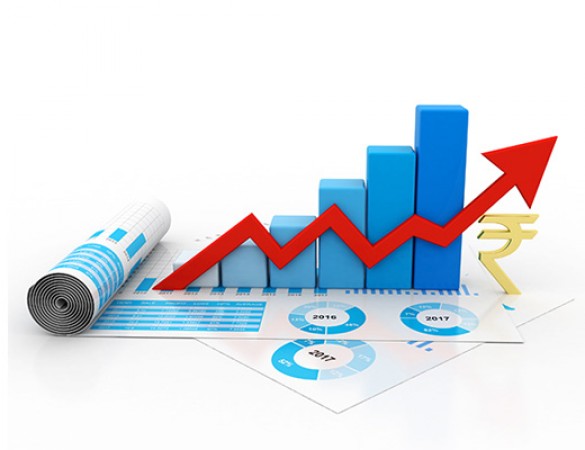
New Delhi: India, with its rich history, vibrant culture, and diverse population, has emerged as one of the world's fastest-growing developing economies. While challenges persist, India's remarkable journey from a predominantly agrarian society to a global economic player has garnered attention worldwide. In this article, we delve into the factors that contribute to India's status as a developing economy and explore the opportunities and challenges that lie ahead.
Economic Growth and Transformation: India's economic growth rate has been impressive over the past few decades. The country has consistently achieved growth rates that outpace many developed nations. This growth is fueled by sectors such as information technology, services, manufacturing, and agriculture. The diversification of the economy from traditional agriculture to more modern industries has played a crucial role in India's development.
Also read:Economical lead due to Business Investments
Demographic Advantage: India boasts a young and dynamic workforce, which serves as a demographic dividend for the country. With a large proportion of the population under the age of 35, India has a significant advantage in terms of human capital. If harnessed effectively, this youthful workforce has the potential to drive innovation, productivity, and economic growth in various sectors.
Technological Advancement: India's technology sector has witnessed remarkable growth, making it a global IT and software services hub. The country has become a powerhouse for IT outsourcing, attracting clients from around the world. Additionally, India has a thriving startup ecosystem, with numerous tech startups making waves globally. Technological advancements and innovation continue to be a driving force behind India's economic development.
Also read:Top Cryptocurrency, Bitcoin, Ethereum Price today, June 21
Infrastructure Development: India has made substantial investments in infrastructure development, including transportation, energy, and telecommunications. Projects like the construction of roads, bridges, ports, and airports have improved connectivity within the country. Access to reliable infrastructure fosters economic activities, attracts investments, and facilitates trade, ultimately contributing to India's development.
Market Potential: With a population exceeding 1.3 billion people, India offers immense market potential. The rising middle class and increasing disposable incomes have fueled consumer spending, attracting both domestic and foreign businesses.
Policy Reforms: India has implemented several policy reforms aimed at liberalizing the economy, enhancing the ease of doing business, and attracting foreign investments. Initiatives such as the Goods and Services Tax (GST) and the Make in India campaign have streamlined business operations and encouraged both domestic and international investors to explore opportunities in India.
Also read:India to Achieve USD 300B Electronics Manufacturing Target: MoS IT"
India's journey as a developing economy has been marked by impressive growth, technological advancements, and the determination of its people. With a young and dynamic workforce, a diverse economy, and ongoing policy reforms, India has the potential to continue its upward trajectory. However, challenges such as poverty, income inequality, and infrastructure gaps must be addressed to ensure inclusive and sustainable development.